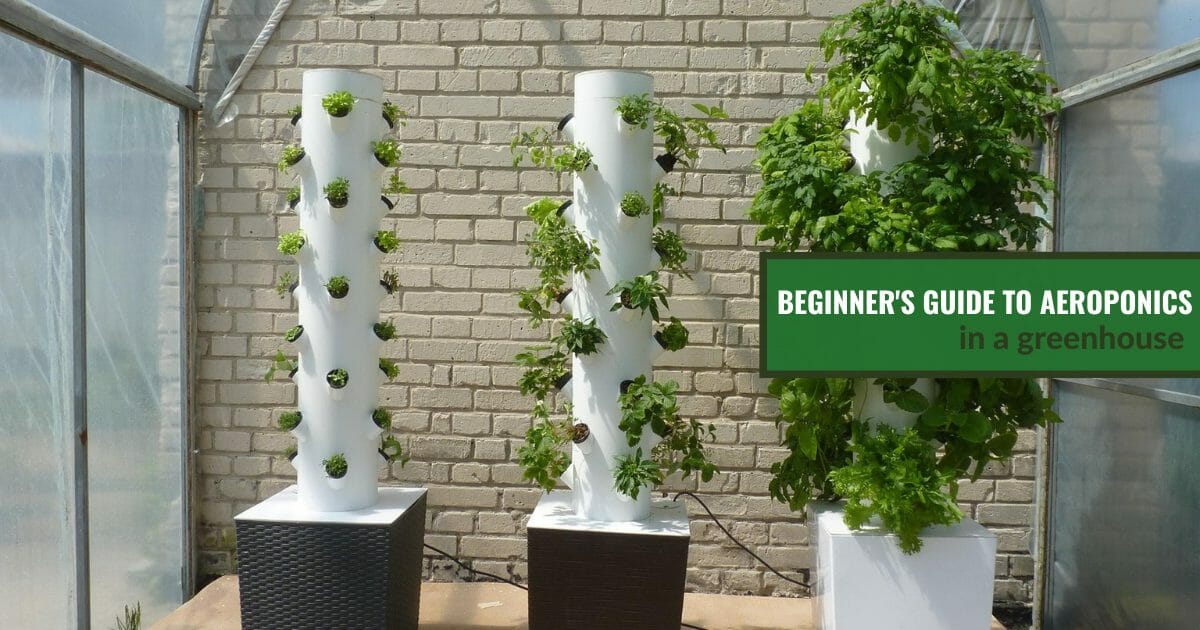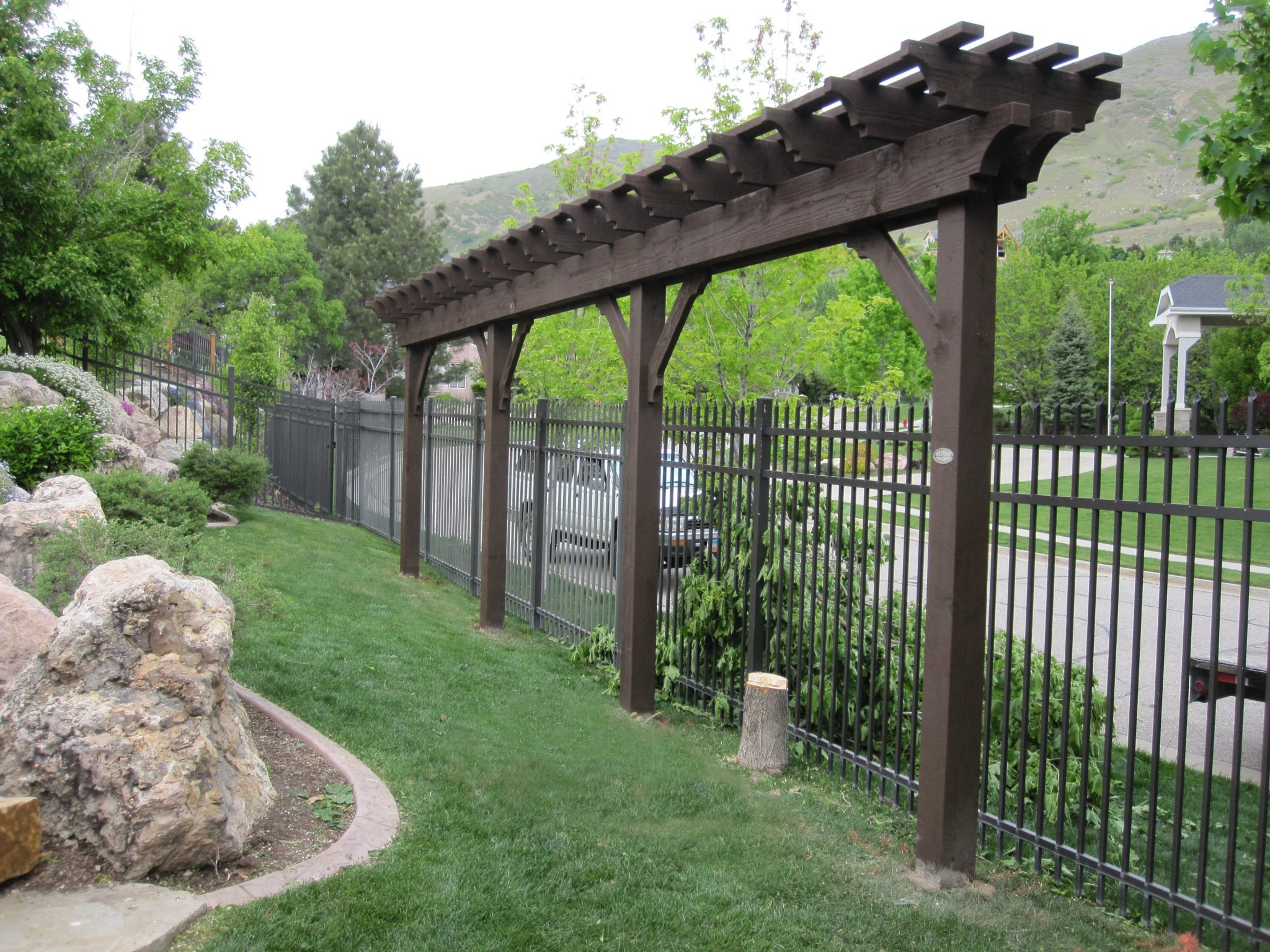Aeroponics is a cutting-edge method of growing plants without soil or a solid growing medium. In this technique, plant roots are suspended in a mist of nutrient-rich water, allowing for rapid growth and high yields.
How Aeroponics Works
In an aeroponic system, plant roots are suspended in a mist chamber. A nutrient solution is atomized into a fine mist and sprayed onto the roots at regular intervals. This mist provides the plants with the necessary water and nutrients for growth.
Advantages of Aeroponics
- Rapid Growth: Plants grown aeroponically often grow faster than those grown in soil or hydroponic systems.
- High Yields: Aeroponic systems can produce higher yields per square foot compared to traditional agriculture.
- Reduced Water Usage: Since plants are misted with nutrient solution, water usage is significantly reduced.
- Pest and Disease Control: Aeroponic systems are less susceptible to soil-borne pests and diseases.
- Nutrient Control: Nutrient levels can be precisely controlled to optimize plant growth.
Challenges of Aeroponics
- Technical Complexity: Aeroponic systems require more technical expertise and maintenance than traditional gardening.
- Energy Consumption: Aeroponic systems require energy for pumps, misters, and lighting.
- Initial Investment: The initial cost of setting up an aeroponic system can be high.
Potential Applications of Aeroponics
- Commercial Agriculture: Aeroponics can be used to grow a variety of crops, including leafy greens, herbs, and fruits.
- Space Agriculture: Aeroponics is being explored as a potential method for growing food in space.
- Urban Farming: Aeroponic systems can be used to grow food in urban areas with limited space.
As technology continues to advance, aeroponics has the potential to revolutionize the way we grow food. By understanding the principles and challenges of this innovative technique, we can harness its power to create sustainable and efficient agricultural systems.



